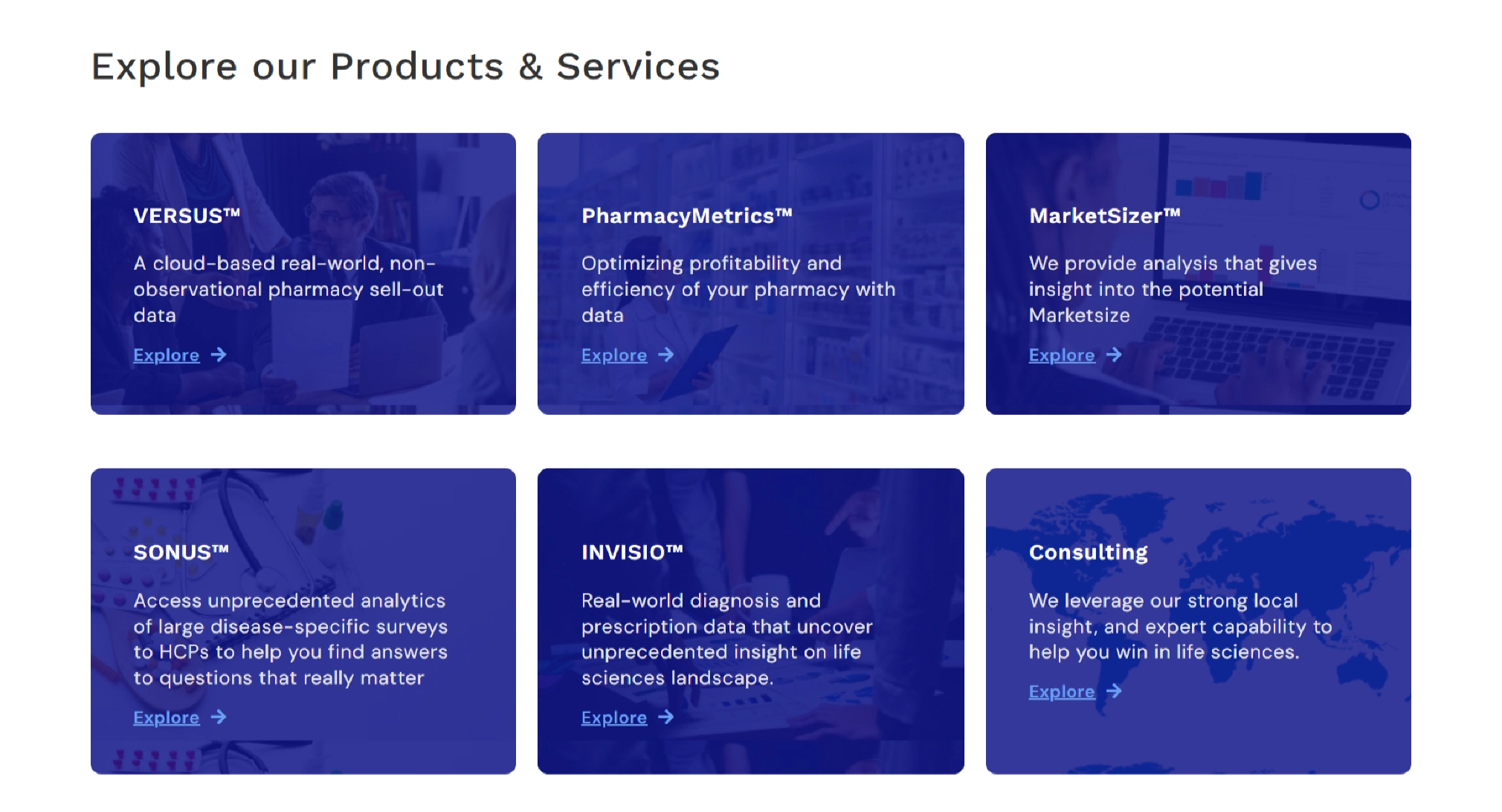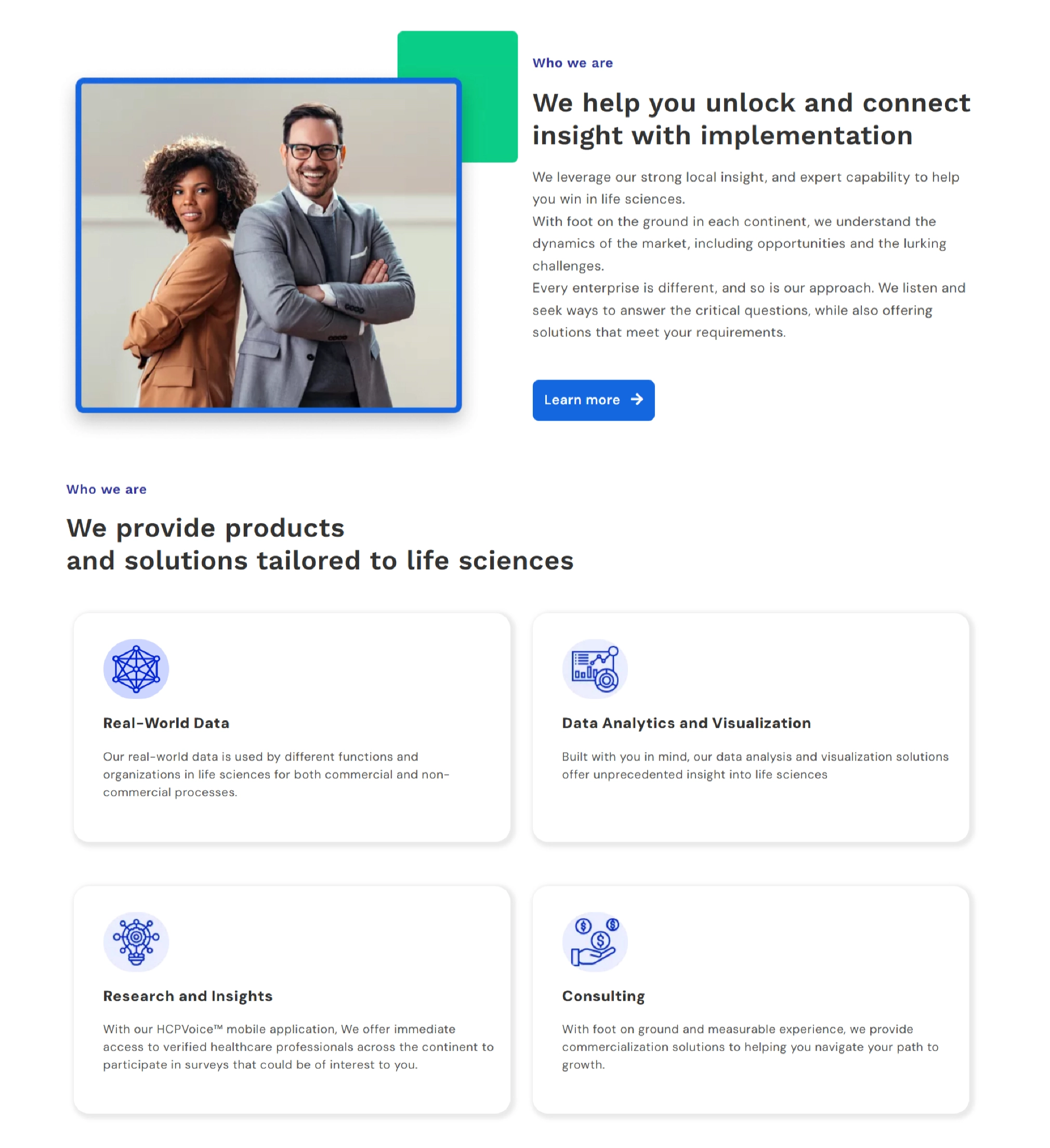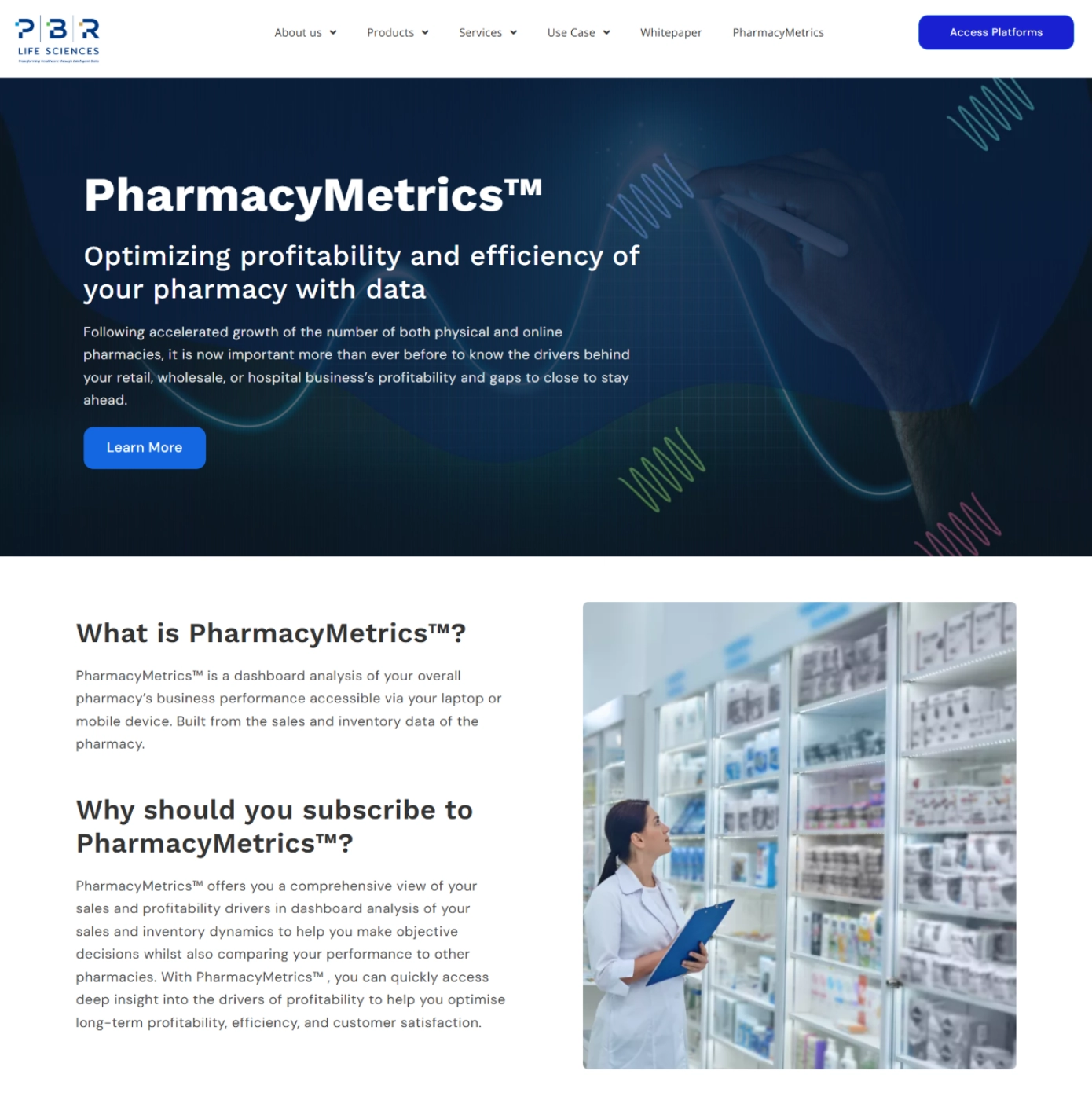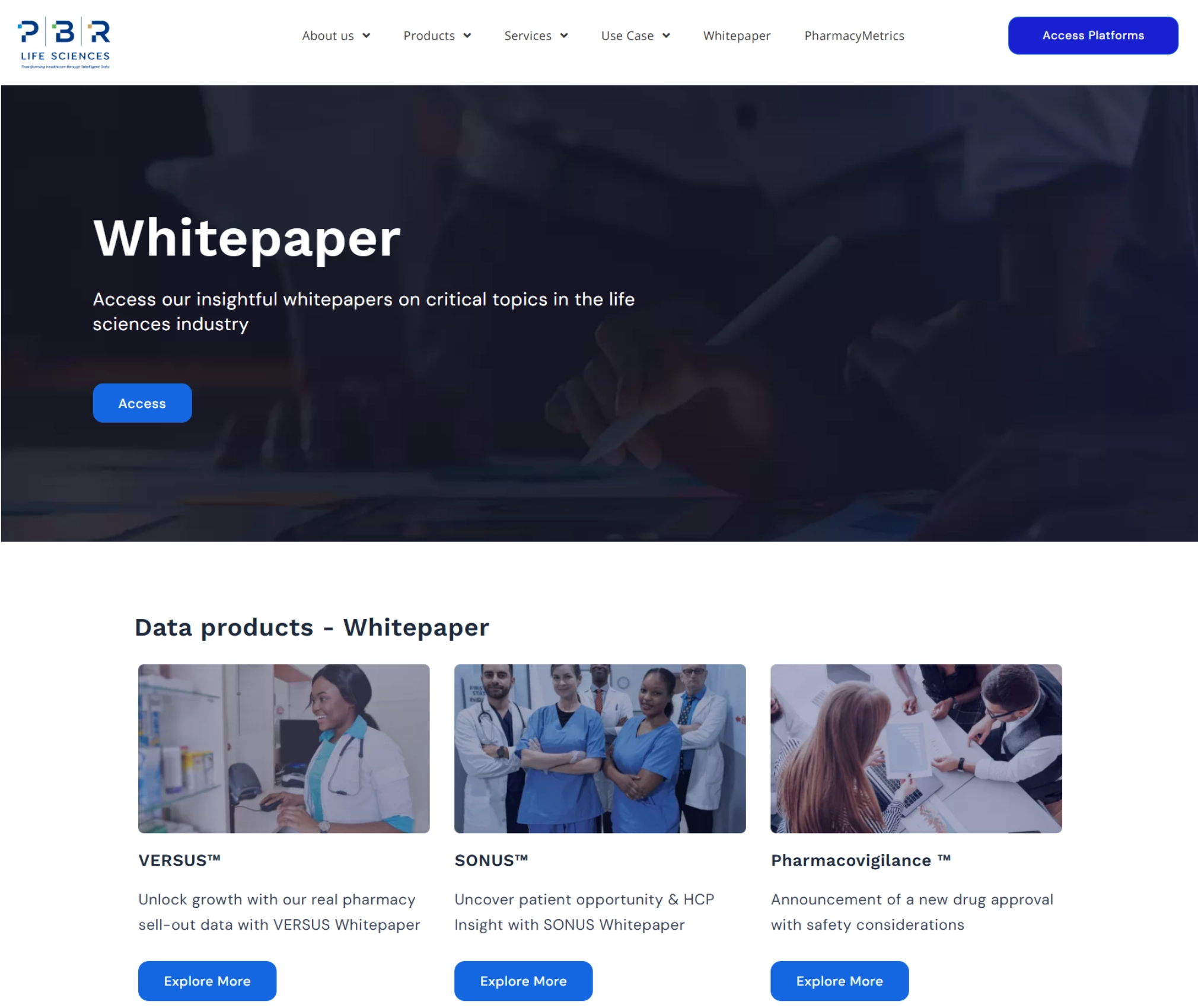
i
The UK Healthcare Data is spread across different systems and in unsupported formats, which makes it difficult to bring all data in a unified platform, and conduct proper analysis.
The healthcare providers are often pressured to maintain secure patient information while keeping systems in compliance with regulations like GDPR.
It gets difficult to implement new technologies like AI for improving patient care, since the NHS has outdated IT infrastructure across different parts.
Without access to the right data tools, it gets difficult to identify gaps and inefficiencies in systems. This results in longer wait times and misused resources.
Not having proper analytics capabilities makes tackling health inequalities challenging. A proper analytics system could reveal where the disparities are and how to resolve them.

The system collects data from various destinations like lab results, electronic health records and patient feedback.
Machine learning algorithms provide accurate patient outcomes predictions. This helps identify at-risk populations and come up with preventive care strategies to handle the situation in a proactive manner.
Protects patient data with encryption and strict access controls, following GDPR rules.
Users can create customized views to break down complex data with interactive visualizations.
Gives instant insights so healthcare providers can make quick decisions.
Easily connects with current healthcare IT setups, avoiding workflow disruptions.

The platform is built on a microservices architecture. This enables standalone deployment and scaling of data ingestion, analytics, processing and other challenges.
Cloud platform hosting provides scalable disaster recovery capabilities with higher and reliable uptime.
An API gateway manages all external interactions, providing secure and controlled access to the platform's services.
The system gets raw data storage with a combination of data lake and warehouse. This optimizes query performance, support for structured and unstructured data.
Implements comprehensive logging mechanisms to track data access and modifications, ensuring transparency and compliance.

Users can create and manage personal profiles, including preferences and service history.
A comprehensive catalog of beauty services with real-time booking capabilities, allowing users to schedule appointments seamlessly.
Secure payment gateways enable users to pay for services online, supporting multiple payment methods.
Users provide feedback on services, to set up a community-driven quality assurance mechanism.
Automated notifications help users get information about upcoming appointments, promotions, and personalized recommendations.
An intuitive dashboard for administrators to manage services, view analytics, and oversee platform operations.
Tools for service providers to manage their offerings, schedules, and view customer feedback

The platform is built on a microservices architecture. Each part such as data collection, processing, and analytics. These modules can be deployed and scaled independently which makes the systems more reliable, while providing continuous support, updates, and improvements.
The platform collects structured Data ingestion mechanisms help collect structured and unstructured data from multiple sources. The data comes from EHRs, medical devices and third-party APIs. This layer allows real-time data acquisition and pre-processing for downstream analytics.
Implements a hybrid storage system combining relational databases for structured data and NoSQL databases for unstructured data, ensuring efficient storage, retrieval, and management of diverse healthcare datasets.
Incorporates distributed data processing frameworks to perform large-scale data transformations, aggregations, and advanced analytics, supporting real-time and batch processing requirements.
The system follows strict security best practices for data encryption, authentication and authorization. This helps protect sensitive health information and make the system compliant and ready with HIPAA and GDPR.
By adding a secure API gateway, we integrate external systems with our system smoothly. This helps extend the capabilities of our system with help of other healthcare systems and services.
Monitoring and logging makes it possible to track performance, find anomalies and ensure high system availability.

React.js: To develop dynamic and responsive UI.
Redux: For state management across the application.
D3.js: For creating interactive data visualizations.
PostgreSQL: For relational data storage.
MongoDB: For handling unstructured data.
Apache Cassandra: To manage large time-series data assets.
Apache Spark: For enabling distributed data processing and analytics.
Hadoop: For large-scale data storage and processing.
OAuth 2.0: For secure authorization.
JWT (JSON Web Tokens): For secure information exchange.
Node.js with Express.js: To develop highly scalable server-side APIs and applications.
Amazon Web Services (AWS): For cloud infrastructure, including EC2, S3, and RDS.
AWS Lambda: For running code in response to events using serverless computing.
AWS QuickSight: For scalable business intelligence and data visualization.
Docker: For containerization of applications.
Kubernetes: For orchestration of containerized applications.
Prometheus and Grafana: For monitoring and visualization of system metrics.
It improves information sharing and collaboration for healthcare systems.
Helps get smart data insights using intelligent analytics and ML capabilities.
Build healthcare applications with EHR systems with unified data access and interaction with a framework.
Provides communication features like SMS, voice, video calls and others within the platform for improving patient engagement and support.
Helps get smart data insights using intelligent analytics and ML capabilities.
Uses NLP to get detailed medical information from unstructured text.
DICOM enables integration, sharing and retrieval of EHR data with other healthcare systems.
Enables management and integration of medical imaging information with the platform, supporting diagnostic processes.
Provides secure payment processing capabilities for billing and subscription management within the platform.
Offers authentication and authorization services, ensuring secure access control for users.
Integrate with third-party healthcare systems to enable smooth data exchange and interoperability.
Your unique concepts will be crafted into a remarkable end result by our team.